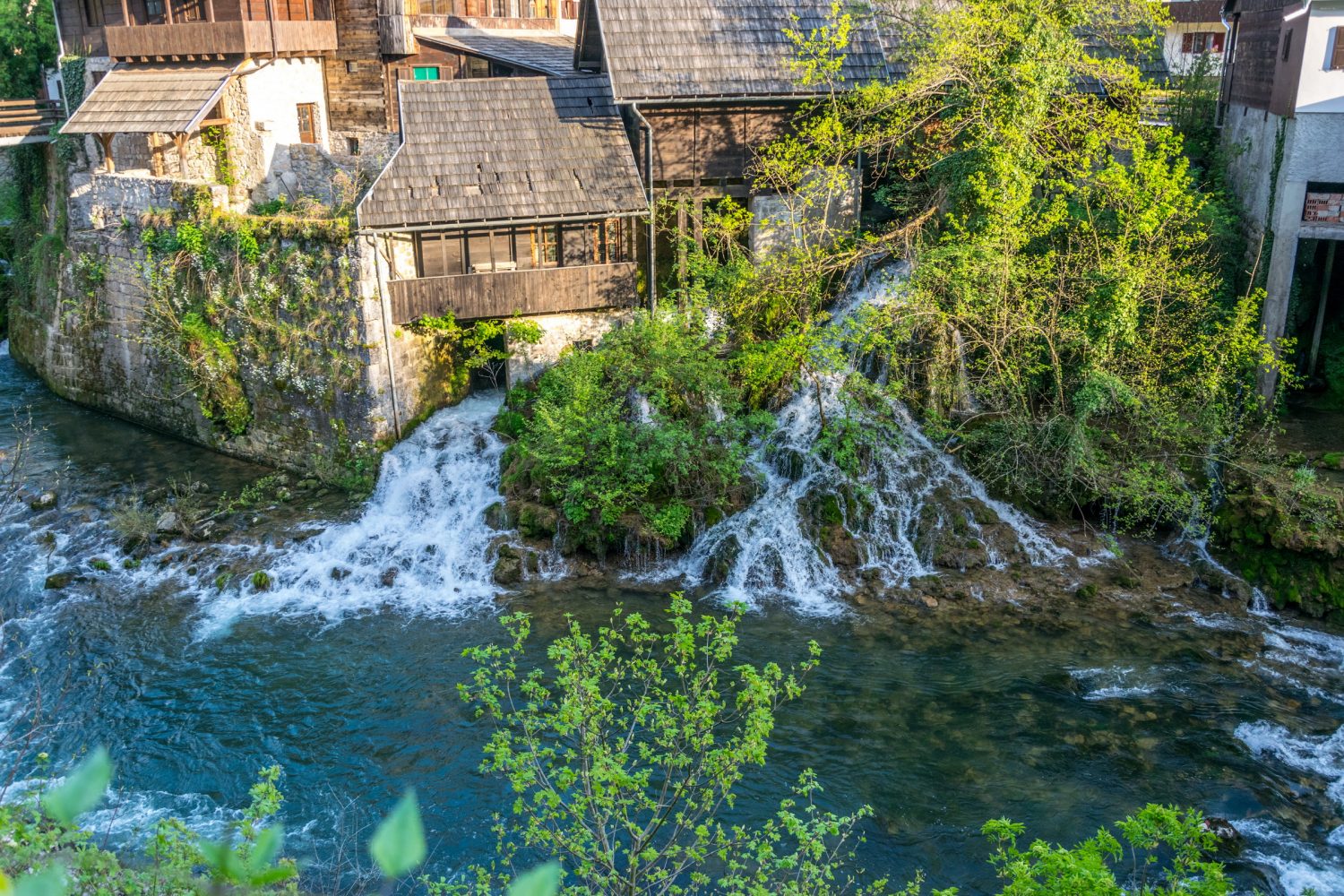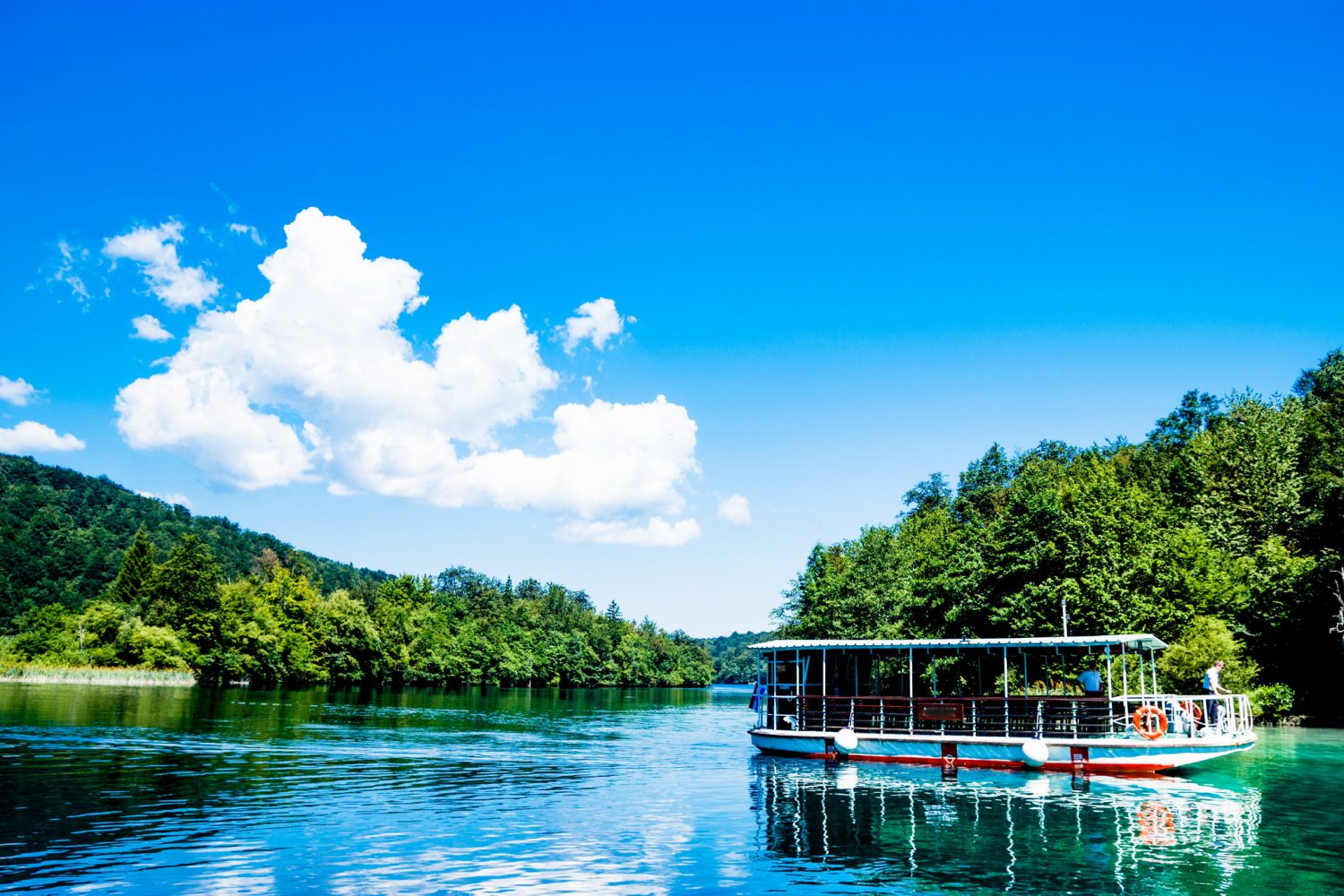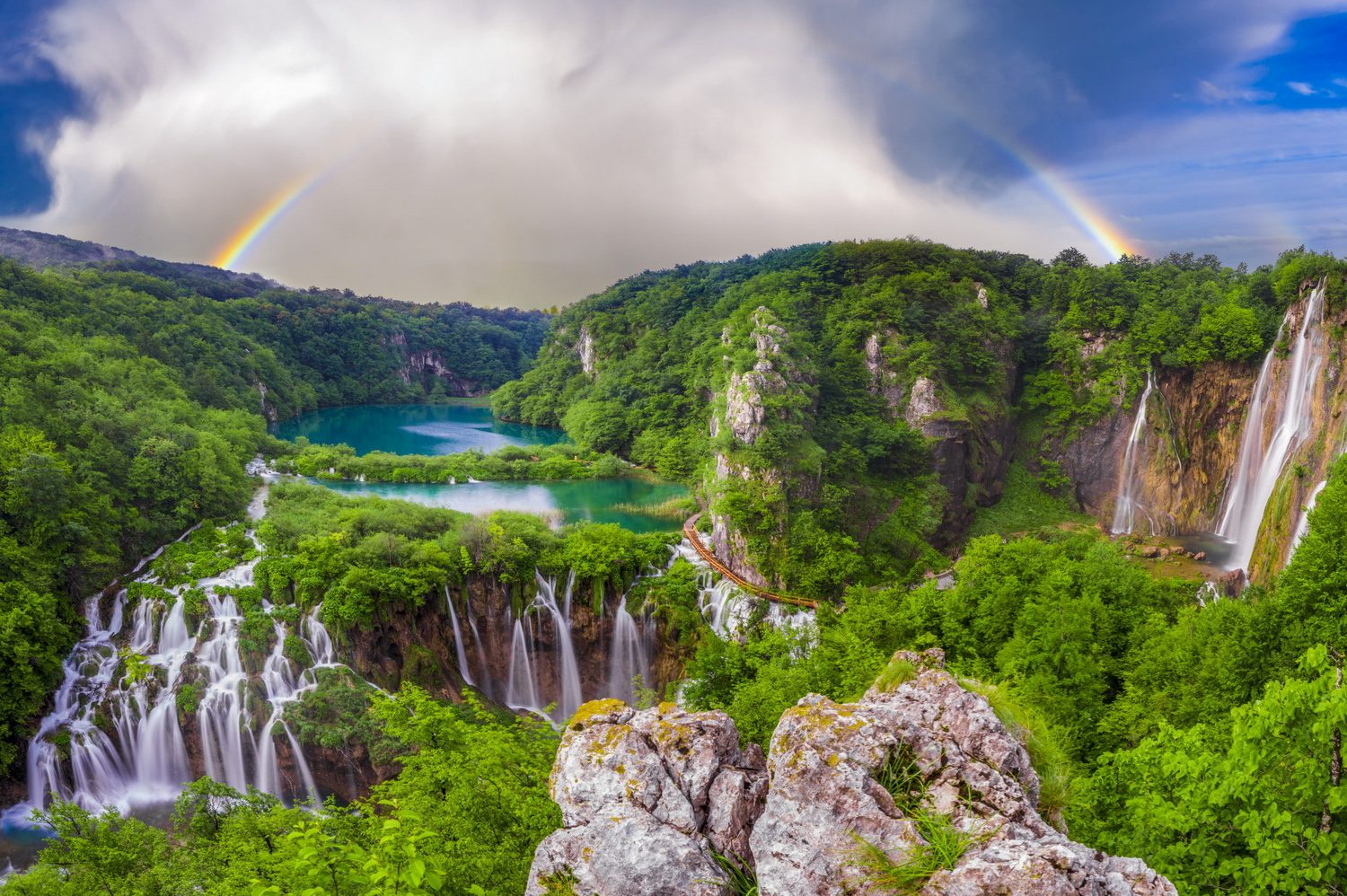- City Tours
- Private Day Trips
- Travel Packages
- Austro-Hungarian empire tour 11D
- Croatia’s gems
- Croatia’s highlights 7D
- Croatia’s highlights 8D
- Croatia’s highlights 9D
- Croatia’s highlights 12D
- Croatia, Slovenia, Bosnia and Montenegro 8D
- Croatian island hopping tour 10D
- Discover Croatia 11D
- From Zagreb to Budva 7D
- From Dubrovnik to Zagreb 14D
- Hungary, Slovenia, Croatia and Bosnia 11D
- The best of Croatia 8D
- 3 days: Zagreb – Plitvice lakes – Split – Mostar – Dubrovnik
- Small group tours
- Zico Apartments
- Meet Our Team
- Contact Us







